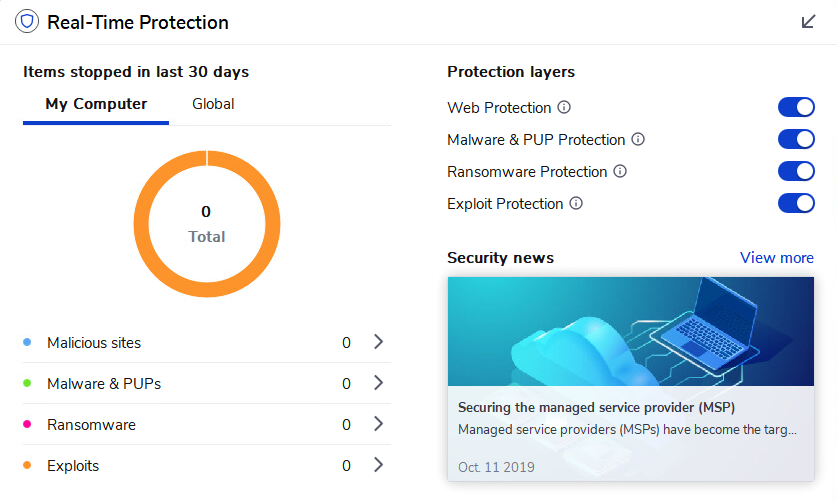

It also identifies vulnerabilities in your organisation, such as unpatched software, providing remediation options to address this. Microsoft Defender ATP is there to make sure that when a breach does occur, it can be quickly isolated and dealt with before it has a chance to cause any damage or manifest itself within your network. Given that no security solution in the world is impenetrable, a zero-trust model is the most logical and appropriate approach to take. Why is this important? It’s important because ‘zero-trust networking’ is considered best practice - the modern cyber security model which works on the assumption that a breach can and will happen at some point in time. Post-breach solutions are designed to help after your after your security defences have been breached. Microsoft Defender - not to be confused with Microsoft Defender ATP - provides anti-malware and anti-virus capabilities for the Windows 10 OS, whilst the ATP product is a post-breach solution that complements Microsoft Defender AV. We must stress that Microsoft Defender ATP is not an antivirus (AV) product. It investigates the scope and potential impact of each threat, providing reports of the various threats to your organisation’s machines, allowing you to quickly and easily mitigate and remove the threats using advanced tools and automation. In a nutshell, Microsoft Defender ATP automatically detects and remediates advanced attacks on your endpoints. However, this article solely focuses on the product from a Microsoft and Windows 10 perspective.īecause a lot of people outside of the Microsoft community still refer to the solution as Microsoft Defender ATP (which stands for Advanced Threat Protection), we will keep this terminology in the article for now.

Microsoft rebranded the product to reflect the fact that it is now also available to protect endpoints using operating systems (OSs) other than Windows such as: macOS, Linux, iOS and Android. Microsoft offer an incredibly powerful post-breach solution that provides automated endpoint detection and response: 'Microsoft Defender for Endpoint', formerly known as 'Microsoft Defender ATP' (MDATP) or 'Windows Defender ATP' (WDATP).


 0 kommentar(er)
0 kommentar(er)
